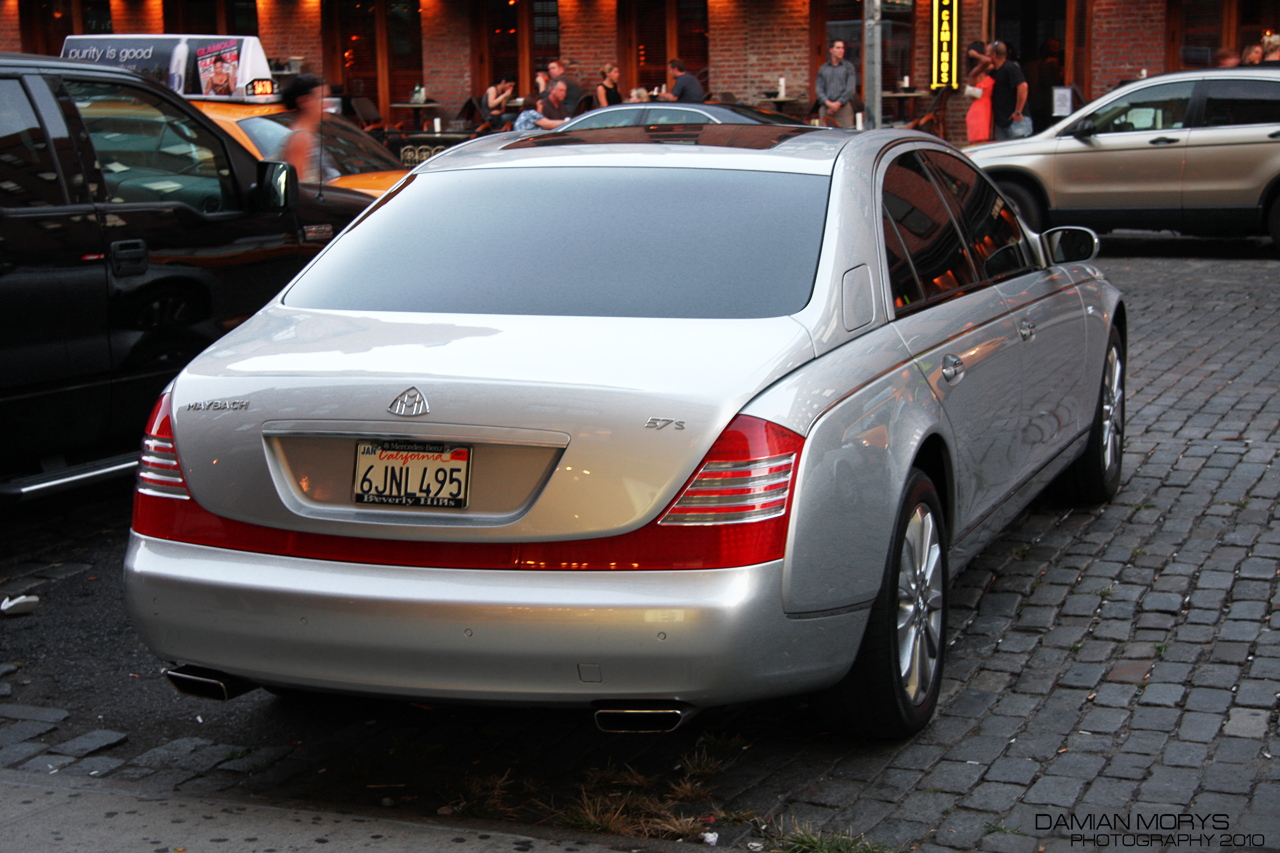
Few experiences on the road are as universally frustrating and genuinely perilous as being tailgated. The persistent presence of another vehicle riding too closely can turn a routine drive into a high-stress ordeal, posing an immediate threat to safety. Beyond annoyance, tailgating significantly increases the risk of a collision, particularly if an abrupt stop becomes necessary.
Many drivers struggle with how to respond. Tapping the brakes can provoke an accident, while pulling over is not always practical. Handling tailgaters requires a clear strategy that prioritizes safety over confrontation. Expert driving instructors and road safety organizations provide actionable advice to mitigate this risk, focusing on strategies that maintain control and prevent collisions.

Proactive Safety: Expanding Your Following Distance
Annie Winterburn, a leading driving instructor at Spot On Driving, emphasizes a counterintuitive but highly effective approach: focus on the space in front of your vehicle rather than reacting to the car behind. She explains, “If the car behind is too close to you and you have to brake suddenly, that car behind you will crash into the back of you. So you have to make sure you don’t have to brake suddenly.”
Her key recommendation is to “leave a bigger gap between your car and the car in front of you.” This adjustment allows the driver being tailgated to maintain control without directly engaging or provoking the tailgater. A larger gap gives more time to react to traffic changes ahead and smooths driving actions under pressure from behind. In effect, extending your forward space acts as a protective buffer for both your vehicle and the tailgater.

How a Larger Gap Reduces Risk
The principle of increasing your following distance leverages both physics and reaction time. A generous gap allows for gradual deceleration instead of abrupt braking, which is essential when a vehicle behind is too close. Annie notes, “This approach enables you to slow down gradually if the vehicle ahead stops unexpectedly, providing the tailgating driver time to stop safely as well.”
Gradual slowing prevents sudden jolts that could trigger a rear-end collision. By maintaining an extended gap, you effectively give the tailgater additional reaction time and stopping distance, turning a potentially high-risk situation into a manageable one. This defensive driving technique prioritizes control over confrontation, significantly enhancing road safety.

The Serious Hazards of Tailgating
Tailgating is more than an annoyance; it is a preventable hazard that removes the essential stopping distance required for emergencies. Experts and official guidelines consistently highlight that close following is a major factor in traffic collisions, often leading to severe injuries or fatalities.
Aggressive drivers may tailgate to pressure others into moving aside, but this behavior rarely achieves its intended goal safely. Authorities stress that tailgating “remains a frequent factor in traffic collisions and can result in serious injuries or deaths in the most severe cases.” Recognizing these dangers underscores the importance of defensive driving strategies that restore a safe margin, even if it requires adjusting your own position on the road.
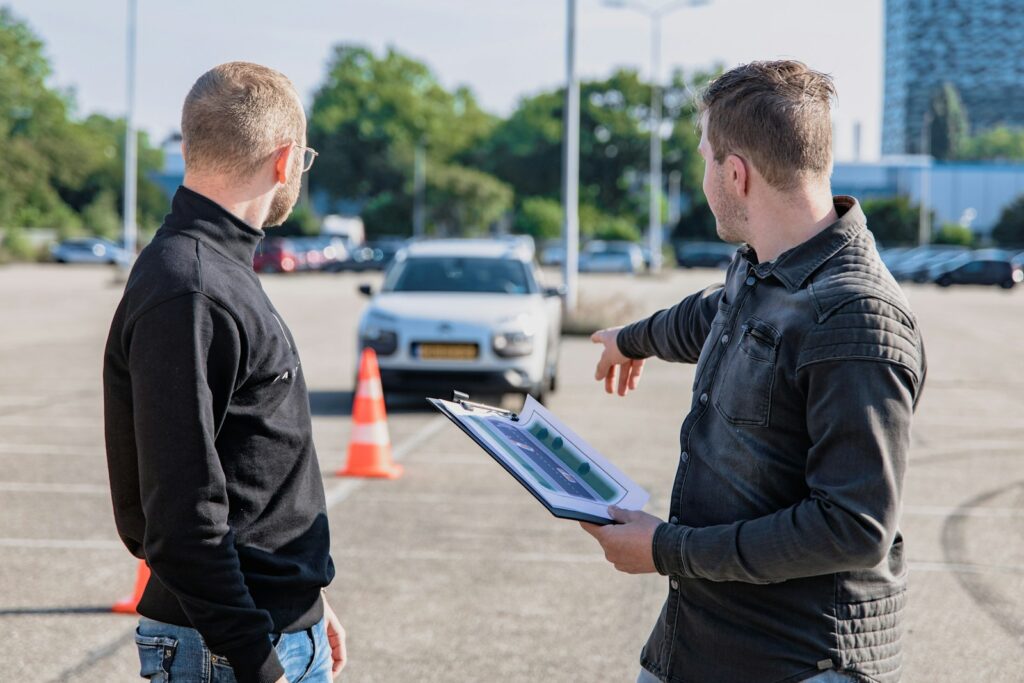
Legal Consequences and Accountability
Tailgating carries serious legal repercussions. The DVLA in the UK and the DMV in the US classify it as “driving without due care and attention.” Drivers found trailing too closely may face fines starting at £100 or $100, along with three points on their driving license. In severe cases, disqualification or imprisonment is possible if tailgating contributes to a major accident.
Understanding that tailgating is illegal reinforces the necessity of safe driving. Legal enforcement serves as part of broader road safety campaigns designed to educate drivers about the risks and prevent behavior that increases the likelihood of serious collisions.

Safe Following Distances for All Conditions
The “two-second rule” is the foundational guideline for maintaining a safe distance on dry roads. Annie Winterburn recommends, “You should leave at least a two-second time gap, on dry roads, between your car and the vehicle in front of you.” Official sources like The Highway Code and road safety charities, such as Brake, support this standard. Jason Wakeford from Brake stresses, “It’s vital that drivers leave enough distance between the vehicle in front in order to react in time to any sudden dangers.”
Adverse weather conditions require adjustments. Annie advises doubling the gap to four seconds on wet roads and increasing it to ten times the normal distance on icy roads, equating to roughly 20 seconds. These modifications account for reduced traction and braking efficiency, ensuring a sufficient safety margin even in challenging conditions.
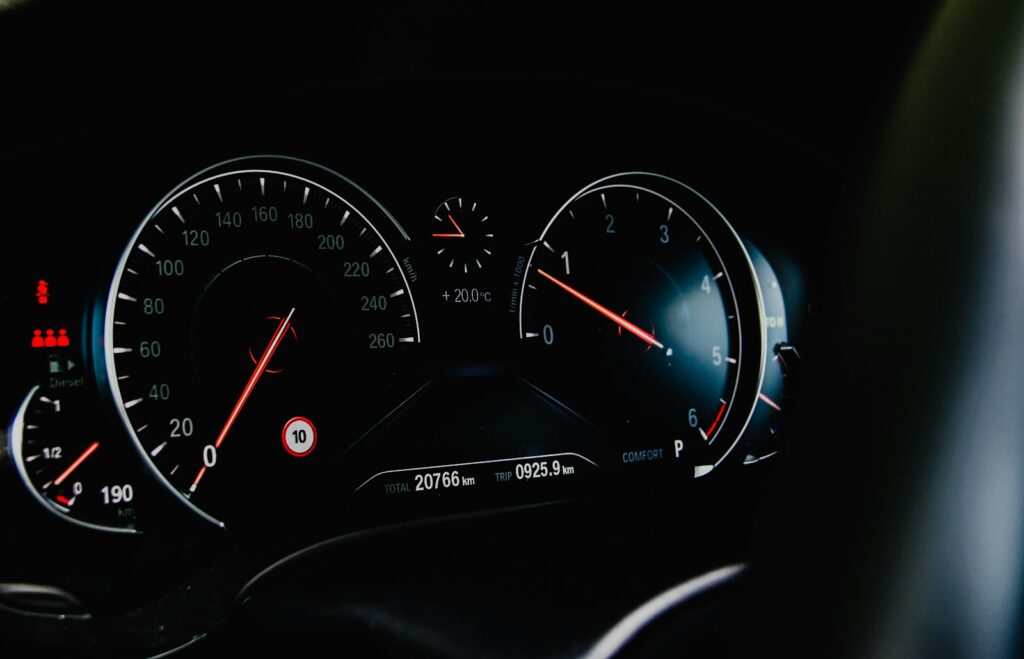
Speed-Specific Guidelines
While the two-second rule provides a baseline, higher speeds necessitate longer gaps. Official recommendations specify that at 50mph, the following distance should be about 2.4 seconds or 53 meters. At 70mph, the safe distance extends to 3.1 seconds or 96 meters. These metrics translate theoretical advice into precise, actionable targets, enabling drivers to implement defensive driving principles accurately on highways and high-speed roads.
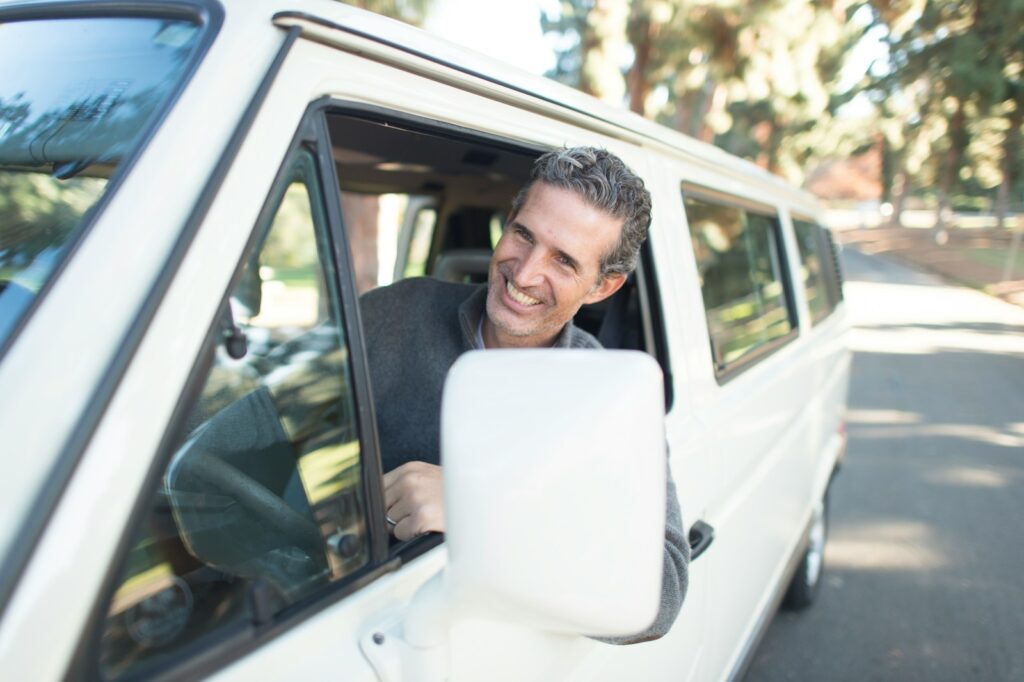
Avoiding Provocation and Maintaining Composure
Reacting to a tailgater by suddenly braking or tapping the brakes is dangerous. National Highways warns that “deliberately slowing down or tapping your brakes to annoy the car behind can escalate road rage and create even more hazardous situations.” Provocative actions can intensify aggression and increase the risk of collisions.
Remaining calm ensures that decision-making is rational and focused on safety. By resisting frustration and aggression, drivers maintain control, apply defensive strategies effectively, and prevent incidents from escalating. Composure is essential for both personal safety and a stable traffic environment.

Facilitating Safe Overtaking
When appropriate, allowing a tailgater to overtake reduces immediate risk. National Highways advises “allowing the car to overtake you.” This simple measure removes the source of pressure and lowers the danger posed by an impatient driver.
Safe execution involves moving to a slower lane, pulling into a designated turnout, or letting the tailgater pass naturally while maintaining steady speed. The goal is to disengage safely from a hazardous scenario while preserving traffic flow and ensuring continued road safety.
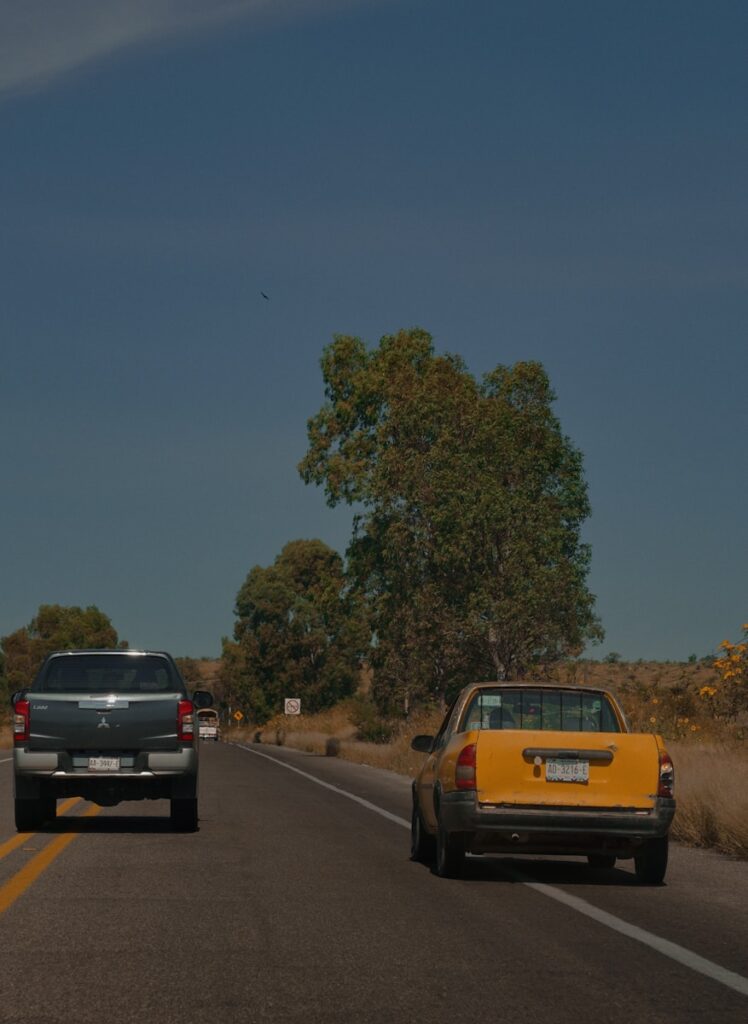
Optimal Lane Positioning
Proper lane discipline is essential in preventing tailgating. Drivers should “stay in the left-hand lane unless you are overtaking.” Following this principle minimizes bottlenecks, reduces frustration among faster drivers, and helps prevent close-following behaviors. Consistent lane discipline contributes to a safer, more predictable road environment, mitigating both the occurrence and danger of tailgating.

Dealing with tailgaters requires knowledge, strategy, and composure. Expanding your forward following distance, adjusting gaps for weather and speed, avoiding provocation, signaling early, maintaining calm, facilitating overtaking, and adhering to lane discipline collectively form a comprehensive safety approach.
While you cannot control every driver, you can manage your own actions to protect yourself and others. Implementing these strategies ensures safer, less stressful journeys, allowing drivers to navigate close-following situations with confidence and control.

